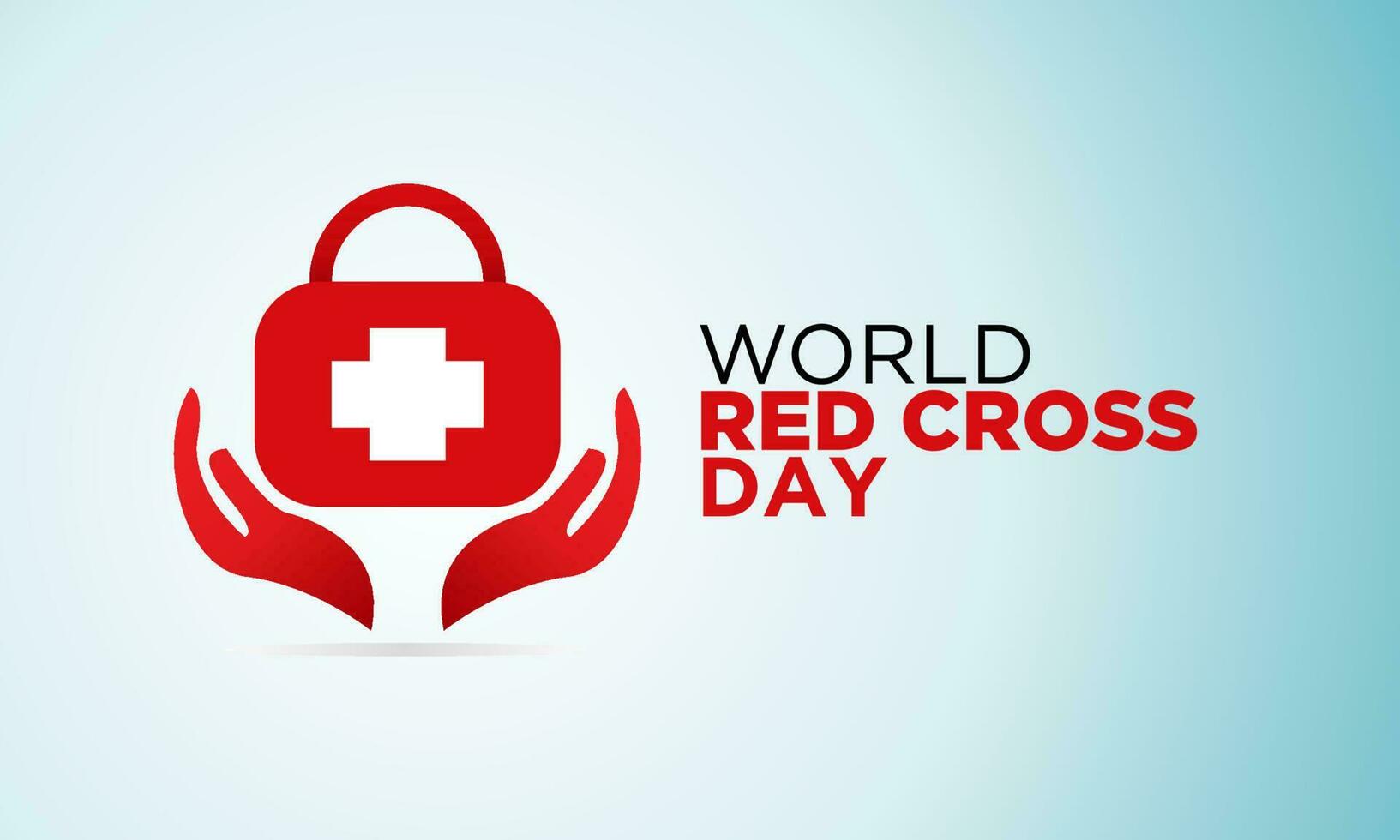Cigarette smoking still a leading cause of preventable deaths
While global smoking rates have declined slightly in recent years, the numbers remain staggering.

KATHMANDU: Despite decades of public health warnings, graphic packaging labels, and increasing tobacco taxes, cigarette smoking continues to claim millions of lives every year and remains one of the most preventable causes of disease and death worldwide.
While global smoking rates have declined slightly in recent years, the numbers remain staggering.
According to the World Health Organization (WHO), smoking is responsible for over 8 million deaths annually, with more than 7 million of those directly due to tobacco use and around 1.3 million resulting from exposure to secondhand smoke.
Despite increased awareness, smoking is still deeply rooted in many cultures, fueled by stress, addiction, aggressive marketing in low-income countries, and misleading beliefs that certain forms of tobacco — like “light” cigarettes or social smoking — are safe.
Experts warn that unless more urgent action is taken, tobacco will continue to be a global public health crisis, disproportionately affecting vulnerable populations and putting immense strain on healthcare systems worldwide.
🚬 The Ongoing Epidemic
An estimated 1.3 billion people around the world still smoke tobacco. Smoking is responsible for over 8 million deaths globally each year, including more than 480,000 deaths annually in the United States.
Dr. Elena Ramirez, a public health expert at Johns Hopkins University, states:
“We’ve made progress, but the tobacco epidemic is far from over. Many people underestimate how quickly smoking can damage the body and how addictive nicotine truly is.”
💔 Health Effects: What Smoking Really Does
Smoking affects nearly every organ in the body. Here are the top scientifically-proven risks:
-
Lung Damage: Smoking causes 90% of all lung cancer deaths and is the leading cause of chronic obstructive pulmonary disease (COPD), including emphysema and chronic bronchitis.
-
Heart Disease: Smokers are 2 to 4 times more likely to develop heart disease and stroke.
-
Weakened Immune System: Tobacco reduces the body’s ability to fight infections and increases inflammation.
-
Cancer: Besides lung cancer, smoking is linked to cancers of the mouth, throat, esophagus, pancreas, bladder, cervix, and more.
-
Reproductive Issues: It can affect fertility and increase risks during pregnancy, such as premature birth and low birth weight.
Even secondhand smoke is deadly — causing over 41,000 deaths per year in non-smokers, including children exposed at home.
🧠 Addiction & Mental Health
Nicotine is extremely addictive, often compared to drugs like heroin or cocaine. It creates short-term pleasure by stimulating dopamine in the brain, but this wears off quickly, leading to withdrawal symptoms and craving.
While some smokers believe cigarettes help with stress or anxiety, long-term studies show that smoking actually increases stress levels and worsens mental health over time.
🚭 The Good News: Quitting Works
The health benefits of quitting start almost immediately:
-
20 minutes after quitting: Heart rate drops.
-
12 hours: Carbon monoxide levels return to normal.
-
2 weeks to 3 months: Lung function begins to improve.
-
1 year: Heart disease risk is cut in half.
-
5–10 years: Stroke risk drops to that of a non-smoker.
-
10–15 years: Lung cancer risk drops significantly.
Free support services, such as counseling, medications, and quitlines like 1-800-QUIT-NOW, have helped millions kick the habit.
Bottom Line: Cigarette smoking is still deadly, but quitting can reverse many of its harmful effects. With help, support, and motivation, millions have succeeded — and you can too.
🩺 If you or someone you know is trying to quit, talk to your doctor.










